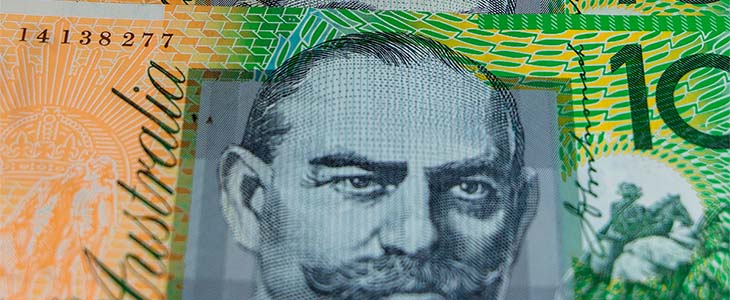A short history of the banknote

The banknote, bill or ‘paper money’ is a piece of paper created by a licensed authority such as a bank and used for the exchange of goods and services. As a rule, national banknotes are legal tender. In other words, the court of the country has recognised the banknotes as payment.
The first banknote was issued in China in the 7th century, during the Tang dynasty. Merchants started using promissory notes for receipts and deposits so they wouldn’t have to lug around large amounts of precious metal for large transactions.
As time progressed, it became standard for banknotes to have the promise that they will pay the bearer on demand. This means that the federal bank of the country of issue will give you the equal in gold or silver of the value that is printed on the note e.g., $5, $10, $50.
Prior to 1934, the United States of America had physical gold in reserve to back its currency. This proved lucrative for the US as the Gold Standard gave the American dollar credibility that no other currency could match.
When the world began stocking up on American currency, the US could no longer back its currency with gold as the amount of money printed outvalued their gold stock. In 1934, the US withdrew the promise to ‘pay the bearer on demand’ from its notes and in 1971, the US decoupled the US dollar from gold.
Currencies no longer have a physical backing such as precious metals but are instead fiat money, meaning recognised as money by the government but have no intrinsic value or use value.
Fiat banknotes were originally issued in China in the 11th century, but the US only began using Fiat money after 1971.
The first printing works to produce banknotes in Australia was next to the docks at the western end of Flinders Street in Melbourne. Thomas Samuel Harrison, an Englishman fluent in security printing, became Australia's first banknote printer. Harrison printed the first banknote, ten shillings on 1 May 1913. The first polymer banknote (plastic not paper) in Australia was issued in 1992.
"You’d be stupid not to try to cut your tax bill and those that don’t are stupid in business"
- Bono: U2




